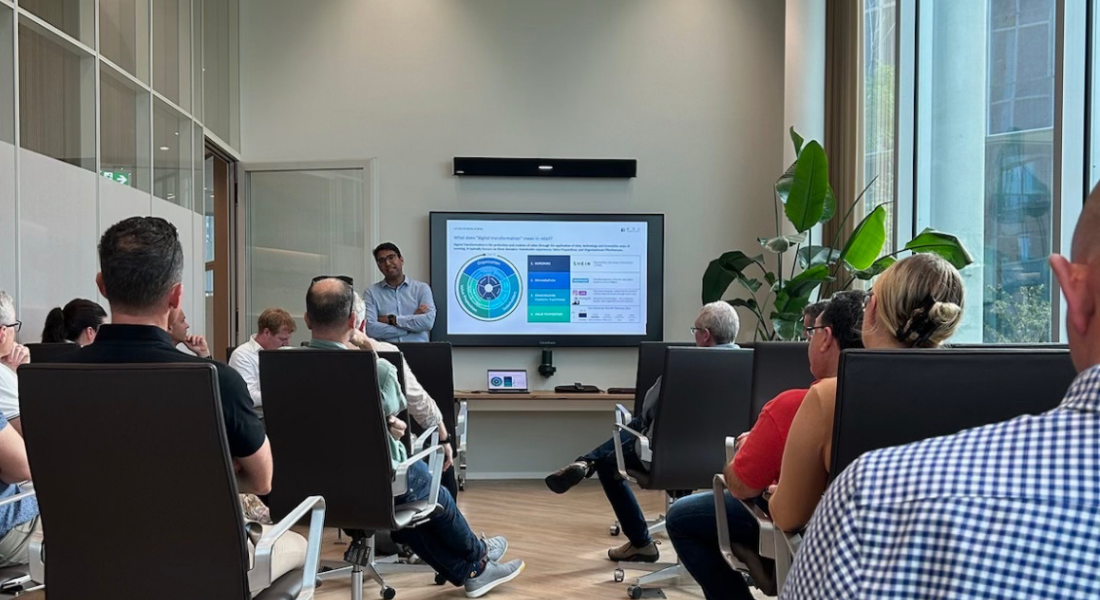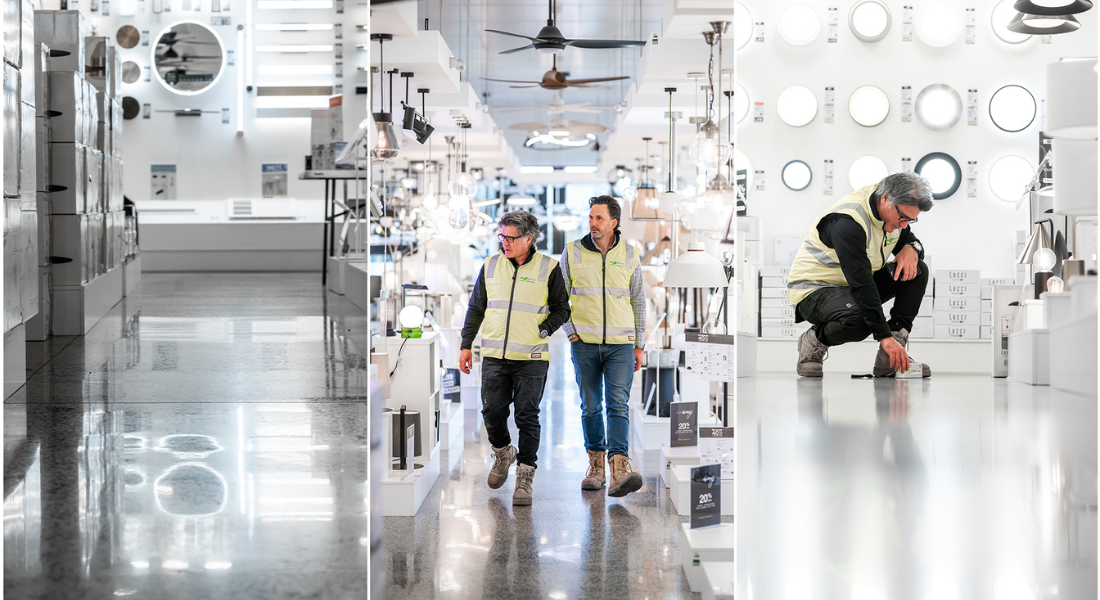The innovation of digital in retail

Last month on the LFRA Overseas Study Tour, members had the privilege of hearing from Ralph Fernando, Senior Managing Director, Data & Technology Transformation at FTI Consulting.
Ralph, who is primarily based in London, provided the LFRA Study Tour members with an in-depth analysis into the innovation of technology in retail and its influence across the European market.
Operating at the intersection between strategy, operations and technology, Ralph has led both strategy, digital and operations consulting practices and commercial and digital functions within the organisation.
Ralph explained that over the last decade, the European Union retail sales growth had remained fairly steady until an extreme period of volatility during the covid years, including a drastic drop in sales growth at the beginning of the pandemic, to a significant skyrocket in sales during ongoing lockdowns.
Following ongoing lockdowns and reopening, this fostered significant digital experimentation, as retailers sought to engage their audience in different ways and across different platforms.
The volatility of this market is driven by a range of macro-economic and market factors, some of those being obvious like the cost-of-living crisis, consumer confidence in a post-covid market, inflation, sustainability and geopolitical such as the war in Ukraine, Brexit and China.
Some other interesting macro influences is the increasing dependence on buy now, pay later, and pricing and promotions with retailer attempts to hold more full price stock and competitive market dynamics such as rethinking the omnichannel from fast to “real-time” reporting on market trends directly to production.
When it comes to retail, Fernando says the digital transformation is relatively mature when compared to other industries. This relates to the protection and creation of value through the application of data, technology and innovative ways of working.
This typically focuses on three domains: stakeholder experience, value proposition, and organisational effectiveness.
In some big-name brands this has seen total lead times decreasing to as little as 10 days from design to final product. Some brands have created three-tiered subscription services to encourage member purchases through honouring their loyalty level.
Live stream shopping became a huge phenomenon during the pandemic and has continued to grow through social media to extend to brands trialling virtual try on technologies so consumers can try various products, from make-up to clothing, without leaving the comfort of their own home.
FTI Consulting identified three key trends across the transformation of digital in retail, with the first being ‘phygital & omnichannel’.
The relates to the blend of physical and the digital to enhance the customer experience. This includes the aforementioned virtual try-on technologies; this even includes in-store to save customers a trip to the changing room.
Another example is a pilot used in a UK supermarket chain which uses audio, enlarged visuals and touch commands to help customers navigate through areas or to products for blind or partially sighted customers.
Built on GoodMap’s navigation technology, the device relies on light detection and ranging indoor digital mapping which pinpoints the customers’ location to within one metre accuracy.
The second key trend identified was hyper-personalisation, which addresses the “segment of one”, using unique customer data like psychographics or real-time engagement with a brand to personalise recommendations and offers.
A big sports-name brand has introduced full body scanners in-store which use computers and knitting machines to let customers co-create tailored garments, providing the customer with what they want, when they want it.
The largest food retailer in Sweden has also introduced data-driven video as part of their year-end summary for members of their loyalty club, by creating a unique film featuring a famous Swedish actor with personalised shopping habits and savings for each customer.
From the data generated from the chain’s CRM system, the personalised video included customer first name, three most frequented stores, number of products across three different categories, top purchased products and the amount awarded from being a member.
The final trend, social and gaming commerce, relates to sales via social media platforms which is forecast to grow significantly and is driven by the Chinese market where 84% of Chinese consumers have bought from a social platform in the past year.
A luxury goods retailer has even recently formed a partnership with a major gaming platform, to bring customers new types of immersive product discovery experiences, such as virtual fitting and fashion shows, 360 product carousels, augmented reality and the creation of digital twins.
The transformation of digital is rapid and continues to infiltrate mediums and platforms consumers once never thought possible.
This promises immense capabilities and growth for online retail but poses a number of challenges to consumer spending and control.
This article is first of a ten-part series from the LFRA Overseas Study Tour 2023.




